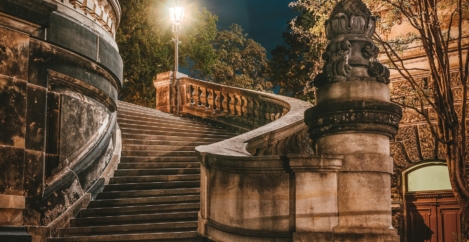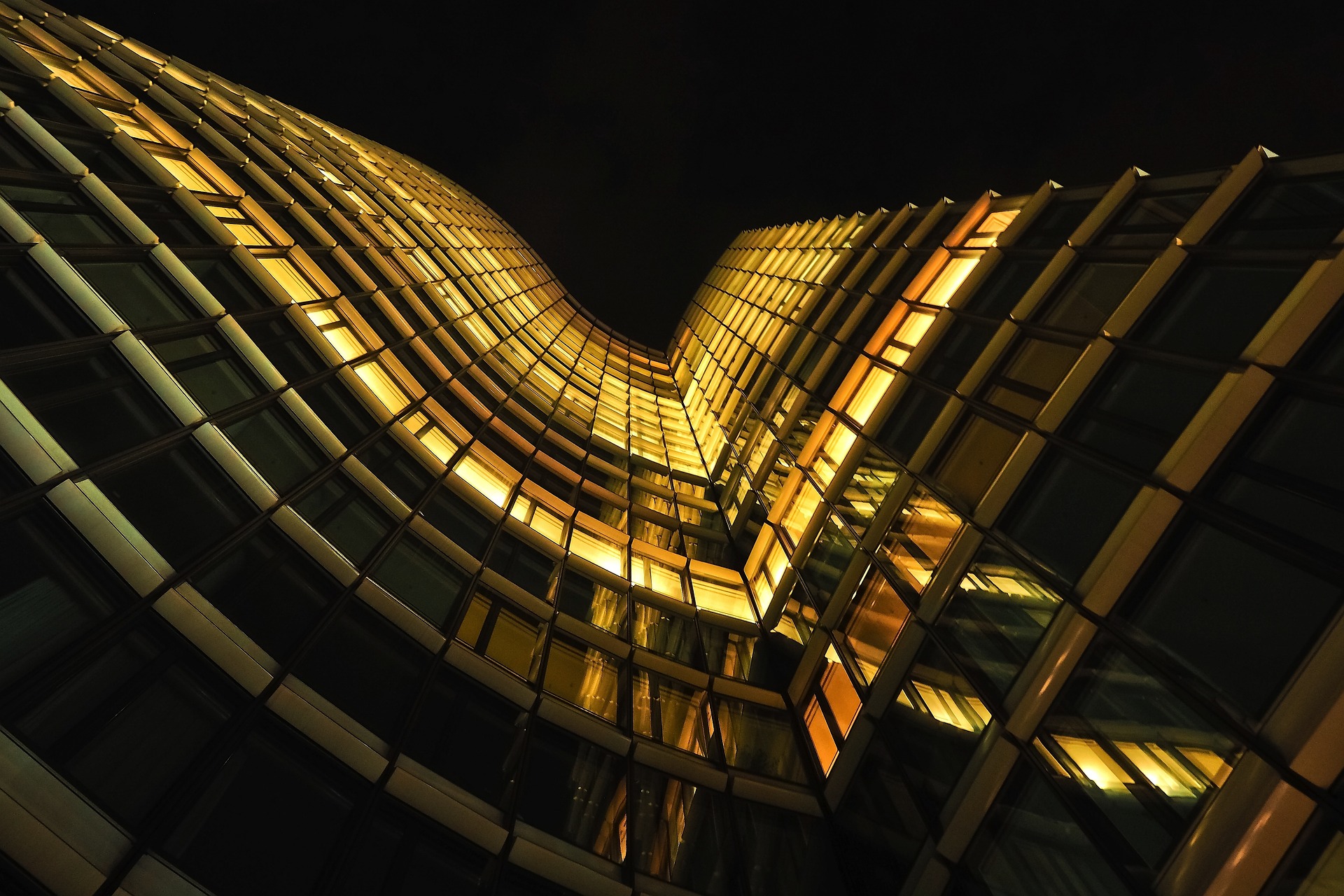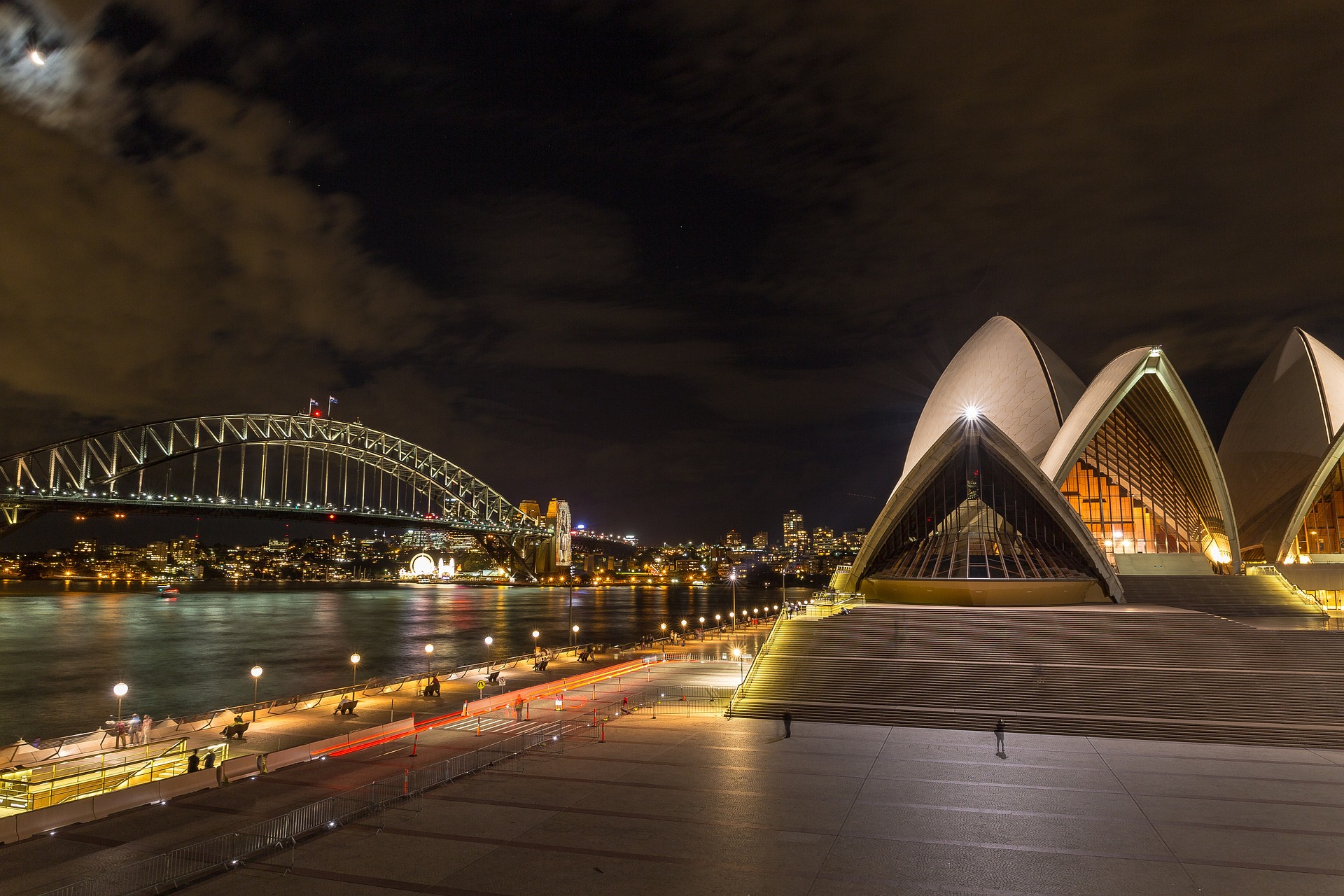February 22, 2024
Cities worldwide are grappling with the delicate balance between nighttime charm and sustainability
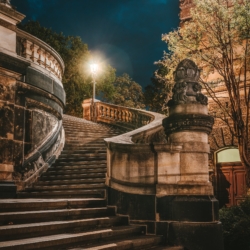 As well as the delights of daytime, cities around the world have long been defined by how their iconic landmarks come to life at night. Think of London’s illuminated riverside or Amsterdam’s canals lit up after dark. These vistas almost come to be synonymous with these places’ very identities. Aston Woodward, co-founder of asset management firm Oxygen also brings one of Australia’s best-known destinations into the mix. “Well-lit buildings at night in any city are attractive. Sydney is a good example and at night is dramatic. Many tourists as well as residents sit and admire a variety of size and colour and interactions generated from the buildings’ lighting.”
As well as the delights of daytime, cities around the world have long been defined by how their iconic landmarks come to life at night. Think of London’s illuminated riverside or Amsterdam’s canals lit up after dark. These vistas almost come to be synonymous with these places’ very identities. Aston Woodward, co-founder of asset management firm Oxygen also brings one of Australia’s best-known destinations into the mix. “Well-lit buildings at night in any city are attractive. Sydney is a good example and at night is dramatic. Many tourists as well as residents sit and admire a variety of size and colour and interactions generated from the buildings’ lighting.”
Woodward goes on to reference the Nabers’ building certification scheme, which originated Down Under in the late 1990s. Since then this ratings system, which measures among other things, energy and water usage, waste management and indoor environment quality, has affected the illumination of built up areas, namely the beginning of the big switch off In a drive to improve operational efficiency.
This, says Woodward, has impacted [the visibility of] office buildings with some now largely lost to the night sky.” He goes on to consider the wider picture, “I cannot deny that well-lit buildings at night in any city are attractive, but I was pleased to see some office buildings in Australia disappearing at night. Just as a father of three children I regularly walk round the house making sure lights are turned off whilst reminding my children to do the same – it feels like a duty passing down a generation with the responsibility to reduce consumption, the truth is though we would not accept this [lighting up of buildings] in our own homes, the consumption in our homes is a fraction of the consumption in these buildings.”
[perfectpullquote align=”right” bordertop=”false” cite=”” link=”” color=”” class=”” size=””]The delicate balance between preserving the luminous charm of cities and saving the planet is becoming a pressing issue[/perfectpullquote]
As the global focus on sustainability intensifies, particularly with standards such as Nabers emphasising energy saving, the delicate balance between preserving the luminous charm of cities and prioritising saving the planet is increasingly becoming a pressing issue. As well as Europe and Australia, there are numerous examples to be found in all sorts of destinations between. Las Vegas has its plethora of neon signs and Dubai where skyscrapers are transformed into stunning works of art after sunset to name just two. In these places, lighting goes far beyond pure practicality to become not just a key element of their identities but also a major tourist attraction. In this way, the play of light becomes a dynamic part of the city’s character, fostering a sense of excitement and wonder among both residents and visitors and showcasing the harmonious fusion of technology, architecture, and light.
Says Lee Roberts, creative director with architecture and design studio Zebra, says, “Having worked in Dubai for nearly a decade during my career with Zebra, I can honestly say from personal experience how much lighting defines a place. In Dubai’s case, it’s what makes it powerful: showcasing how the cityscape has grown in a relatively short period of time to encompass many different, unforgettable landmarks, which are dramatically lit up after dark.
Lighting also has a crucial role to play in London, my base for much of my career and for the last six years. In contrast to Dubai, London’s architectural legacy dates back centuries and the night skyline here is like a snapshot of its socio-political past, present and future from St Paul’s Cathedral to skyscrapers in the Square Mile and Docklands. Working for a global commercial design consultancy such as Zebra, I’m also acutely aware of light’s role in branding not just the retail and hospitality spaces from the inside but also shaping the external streetscape too. Light for me really adds that sense of theatricality into a shopping or dining experience enriching avenues, boulevards and promenades in destinations worldwide.”
Night vision
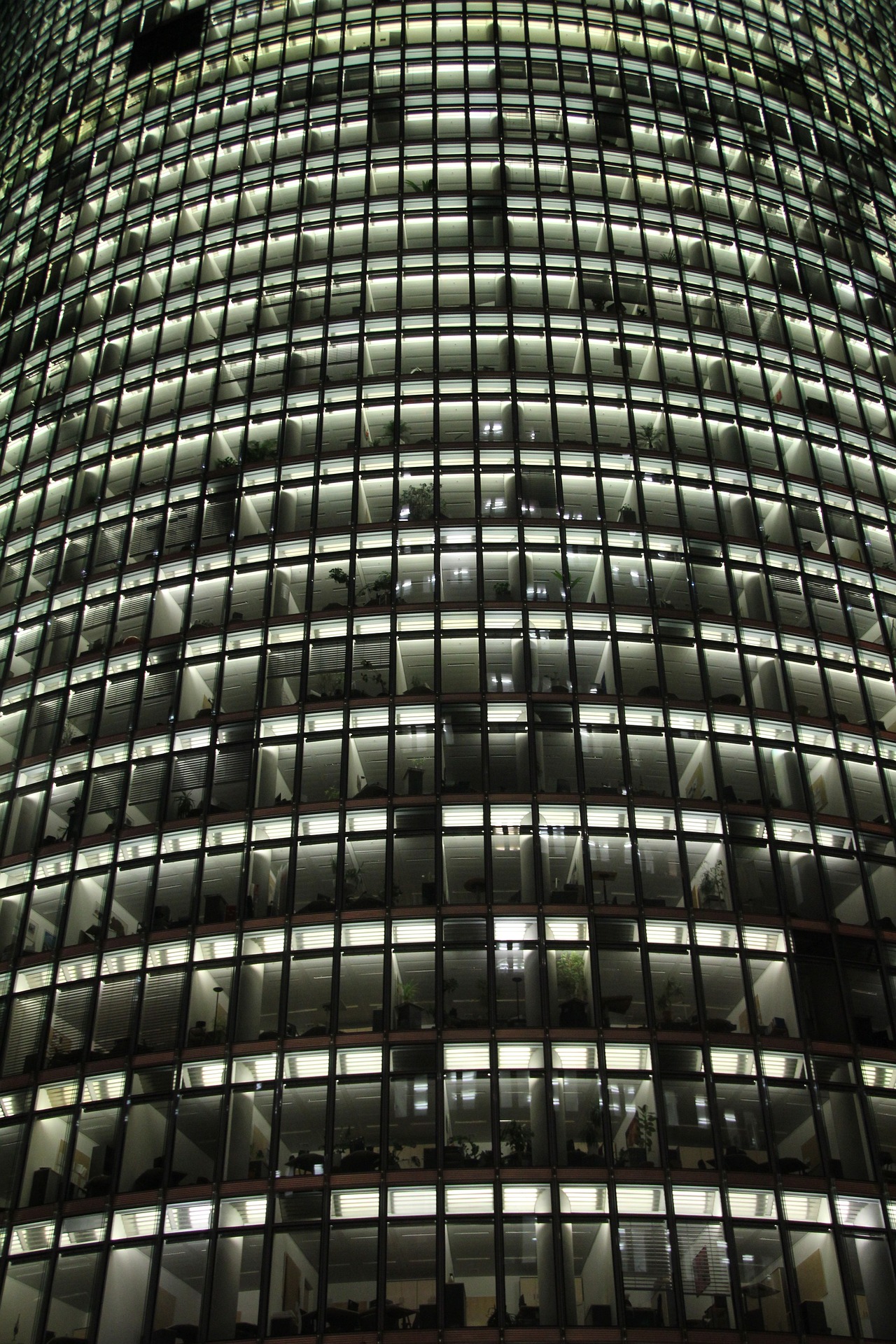 The aesthetic value of well-lit cityscapes cannot be understated. The interplay of light and architecture enhances the visual appeal of landmarks and contributes to the overall cultural identity of a city. Iconic structures, bridges, and public spaces are often designed with lighting in mind, creating something of a nocturnal spectacle. The Illuminated River project is a great example of the lighting improves the cultural fabric of a city, in this case, London. This free public artwork is created to bring moving light and colour to nine of London’s Thames bridges, giving them a new definition and visibility. The artwork is a positive and joyful celebration of the capital and its river, highlighting London’s beauty and character at night for the benefit of residents and visitors alike.
The aesthetic value of well-lit cityscapes cannot be understated. The interplay of light and architecture enhances the visual appeal of landmarks and contributes to the overall cultural identity of a city. Iconic structures, bridges, and public spaces are often designed with lighting in mind, creating something of a nocturnal spectacle. The Illuminated River project is a great example of the lighting improves the cultural fabric of a city, in this case, London. This free public artwork is created to bring moving light and colour to nine of London’s Thames bridges, giving them a new definition and visibility. The artwork is a positive and joyful celebration of the capital and its river, highlighting London’s beauty and character at night for the benefit of residents and visitors alike.
The open-air artwork encourages Londoners to walk along the Thames, to pause and take in the beauty of their city. The installation brings together Leo Villareal, an American artist, and Lifschutz Davidson Sandilands, a British architecture practice plus 18 specialist teams. The Illuminated River Foundation, responsible for funding all maintenance, replacement and electricity costs, recently collaborated with the Poetry Society to commission where the written word celebrates the power of light. A six-stanza piece by Tife Kusoro describes a night-time journey from London Bridge to Lambeth Bridge and perfectly captures the lighting commission with a suitable sense of wonder.
From night markets to illuminated festivals, these types of events contribute positively to the economic and cultural vitality of a city. The potential reduction in lighting for energy conservation may impact the entertainment industry, limiting the scope for night-time events of this kind. This, in turn, could have ripple effects on the tourism sector, affecting the revenue generated by businesses that thrive on the nightlife economy.
Richard Roberts, design director at Jason Bruges Studio, which specialises in producing lighting installations, interventions and other works around the world says that while harnessing the latest technology plays its part depending on the appropriateness of the location, what’s really important is “bringing joy to the environment, ensuring that the pieces we design have that visual appeal and bringing a sense of security, as well as connecting people to places so that they stop and engage with them.”
He references the Royal Wave, a project in Wembley commissioned by property developer Quintain that can be found in between the famous venue and the shopping district. “It was really dark and grimy and although we chose to leave some of that darkness, we’ve created a dynamic piece of work that inspires people to linger.” Instead of hurrying through a dimly lit space, the idea is that groups of people will gather making it safer for all.
Getting the green light
Artwork like other elements of a building does have work fully with the compliance of certifications such as LEED, BREEAM and indeed Nabers, “You have to be smart with how you work,” says Roberts explaining that designers should be mindful of the ambient lighting levels and could incorporate sensors to ensure it dims down during certain periods. “You must be mindful of the overall energy strategy of a building, whether there is sustainable power generation and avoiding products that contain a good deal of embodied carbon, instead looking for materials that have a long life or can be recycled.”
[perfectpullquote align=”right” bordertop=”false” cite=”” link=”” color=”” class=”” size=””]It’s a balancing act between safety and security and environmental needs[/perfectpullquote]
One of the primary reasons cities invest in extensive lighting is to ensure the safety of their residents and visitors. Well-lit streets and public spaces contribute significantly to crime prevention, creating an environment where people feel secure to navigate during the night. Martin Jepson has over 35 years in real estate, with a strong focus on the office market and currently heads up his own property company, Ergo Real Estate.
He says, “It’s a balancing act between safety and security and environmental needs.” Lighting is more environmentally friendly than it has ever been in terms of the way it is manufactured and produced,” he says, adding that this has resulted in less energy needed to keep the lights on. “It’s important to consider the comfort factor too, that people feel secure and confident, otherwise you risk people becoming intimidated being in certain areas [of the urban environment].” Projects in Ergo’s current portfolio include The Curtis, a former lightbulb factory in Ravenscourt Park in the London Borough of Hammersmith in the west of the capital. The Curtis is located amongst a wide range of hospitality venues, restaurants and pubs making it perfectly placed for office workers to enjoy during the day and into the evening.
Head into the light
Deepika Singhal, technical director with chapmanbdsp mentions another element of Nabers. “We inform our clients that certifications such as Nabers are what you should be aiming for. The problem that a lot of agents find is that tenants who are asking for Nabers in the buildings they occupy are not understanding that this is an interface between the occupiers and the landlord, and they must work as hard as the landlords.” The work doesn’t stop when the lease is signed in effect and there may be problems if the tenants aren’t using the building as intended, “I think that’s the challenge.”
From Singhal and others’ experience within the built environment, it’s clear that as the world grapples with the environmental consequences of unchecked energy consumption, the emphasis on sustainability is reshaping the way we approach urban lighting and certifications including BREEAM, LEED and Nabers playing a pivotal role in urging landlords and tenants to re-evaluate their energy usage and consider more energy-efficient alternatives.
As Oxygen’s Aston Woodward adds finally, “The benefits of this operational efficiency are rewarded in Nabers stars and beyond ESG credit provide commercial opportunity to attract tenants. After all light pollution robs us of the opportunity to see the night sky. So as part of our drive to reduce consumption I wonder whether we should accept City lights should now become less of a feature and that the generational right to encourage others to turn the lights off applies to more than just our own homes.”
This article first appeared in issue 19 of IN Magazine

Helen Parton is an internationally renowned writer, commentator, curator and editorial consultant within the design, architecture and built environment sectors.





